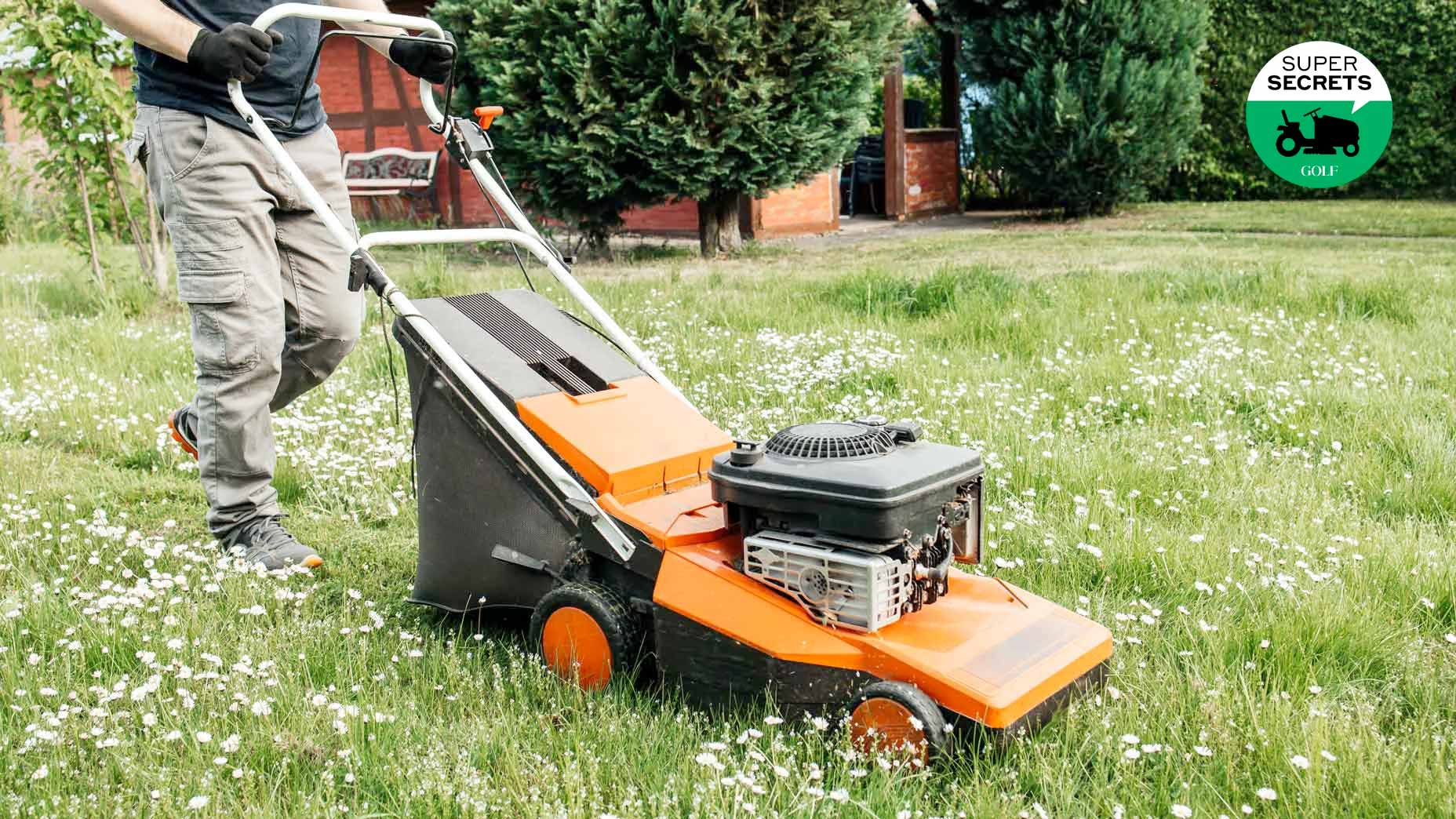
Increased mowing heights can lead to healthier grass.
Getty Images
The ‘G’ in USGA stands for golf, not grass, but the folks at the governing body are into turf, too, whether it’s growing on a course or in your yard.
With summer in full swing, and record-setting heat blasting much of the country, agronomic experts from the USGA recently published their favorite lawn-care tips.
Here’s a summary of their suggestions.
Watch how you water
Set it and forget it? You can do that with you alarm clock, but not your sprinkler system. That hands-off approach mostly leads to waste. Or, as Zack Nicoludis, director of the USGA Green Section’s Central Region puts it: “It drive me crazy when I see someone’s home lawn irrigation running after it rained the day before. It’s the wrong thing to do on so many levels.” Not only is it bad for your water bill. It can also be bad for your grass, creating soft and damp conditions that are ripe for disease and other problems. One easy remedy is to install a rain sensor that can shut off your sprinklers automatically when the skies open. A good sensor costs less than $100.
Fertilizer facts
Feeding your lawn is a fine idea. But what, exactly, should you give it, and how much should you use? A lot of homeowners have no idea. The answers can be roughed out with a bit of high-school math. You’ve probably noticed that fertilizer bags have three numbers printed on them. Those numbers are the percent weight of nitrogen, phosphorous and potassium, in that order. Nitrogen is the most important, according to Cory Isom, a senior consulting agronomist for the USGA in the West Region, who recommends buying the “cheap stuff.”
“Ammonium sulfate or urea works just fine,” Isom says. “Nitrogen is all you need and the grass won’t know how much you paid for it.”
Calculating the amount is another matter, but it doesn’t require any fancy computations. Lawns very in their needs, but USGA experts say two to four pounds of nitrogen per 1,000 square feet of lawn annually is a good ballpark. For a more detailed look at the formula, click here.
How low to mow
Tight-cut grass is great on greens but it’s not what you want in your front yard. “One of the best things you can do for the overall appearance and health of your lawn is mow it at the correct height,” says USGA agronomist Chris Neff. “Lower is not better.” In fact, Neff says, increased mowing heights usually result in healthier and better-looking grass that’s less vulnerable and more resistant to drought.
What’s the ideal height? That depends on a range of factors, including climate and turf varietal. But most cool-season grasses are happy at a mowing height of around three inches. For most warm-season grass, one-and-a-half to two-and-a-half inches is a good target.
Don’t compete with your local course
Unless you’re hoping to host the Masters, you don’t need your lawn look and play like Augusta National, or even like your local muni. The purpose of your yard is entirely different, and so are the maintenance practices that apply, says Darin Bevard, senior director of championship agronomy for the USGA. Aeration? Top dressing? Preventive fungicide? With rare exceptions, there’s no need for them at home. Go enjoy your round, and then relax — without trying to replicate those course conditions at home.

